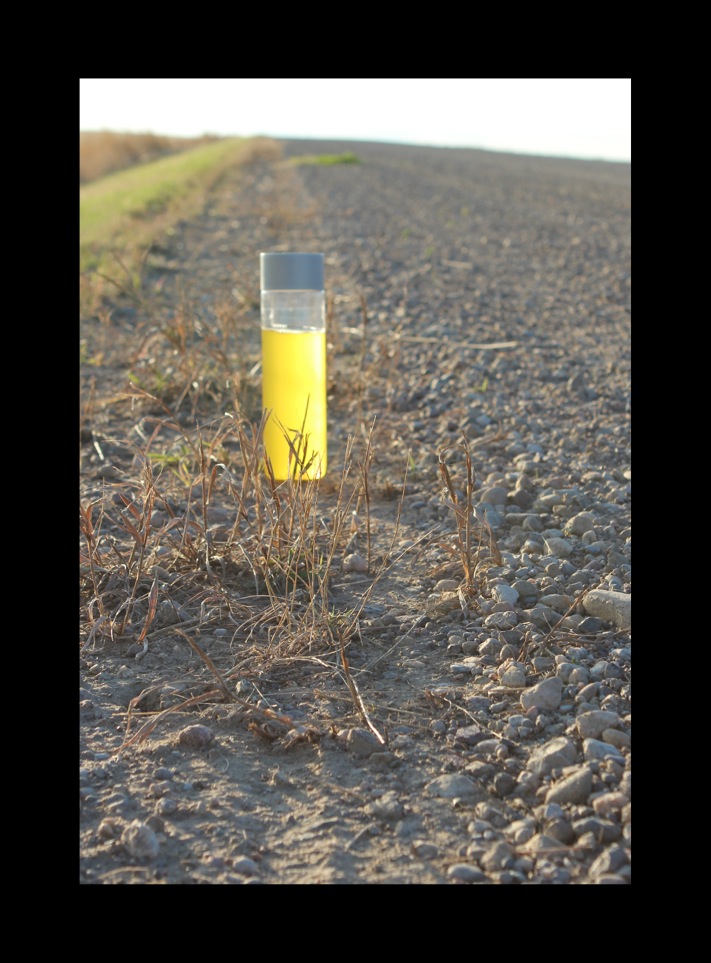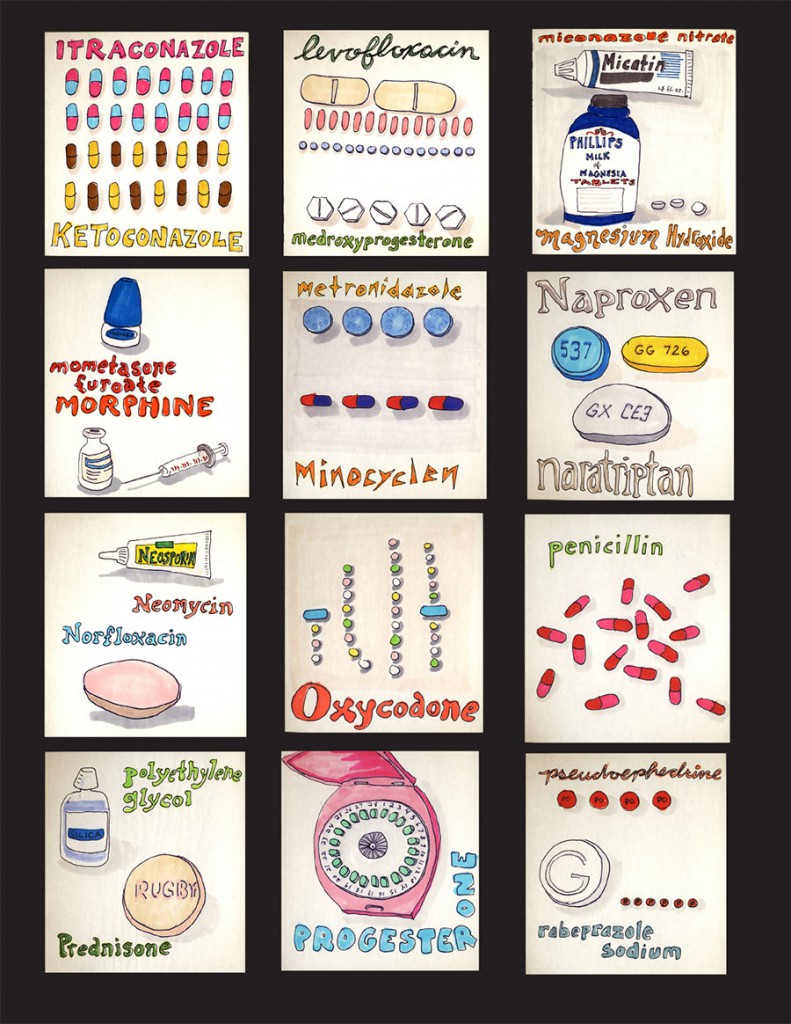Drawing the Canada-Wide Science Fair : Cindy Baker
Drawing the Canada-Wide Science Fair is a collective of sixteen artists who have come together to interpret and play with the spectacle of a national science fair through visual language. By drawing on-site during the Canada-Wide Science Fair, the artists will create and immediately broadcast drawings of selected projects on display. The idea is to expand the notion of drawing around science themes to include the potentials of visual priority, cross-disciplinary work, collaborative drawing, multi-perspectival drawing, non-precious drawing, interactions with people, live tweeting, 5-second-delay blogging, and other unexpected possibilities. Here’s an introduction to Cindy Baker, Canada-Wide Science Fair Artist.
Interdisciplinary and performance artist Cindy Baker is passionate about gender culture, queer theory, fat activism and art theory. Baker considers context her primary medium, working with whatever materials are needed to allow her to concentrate on the theoretical, conceptual and ephemeral aspects of her work. Based out of Lethbridge, Alberta where she is pursuing an MFA, Baker has exhibited and performed across Canada and in St Louis, Minneapolis, San Jose, Los Angeles, and Kuopio, Finland.
Her volunteer work in the art and queer communities of which she has been a member has directly influenced Baker’s work, and her ability to move fluently among and between the arts, humanities, and social science disciplines that make up her field of research. Baker’s creative work is the subject of scholarly research, and has been the subject of several academic papers, theses, presentations, and texts in books as well as being taught in university courses within the fields of Art, Queer Studies, Fat Studies, and Women’s and Gender Studies.
Baker is fiercely committed to her diverse communities, and has a background of working, volunteering, and sitting on the board for several artist-run centres and non-profits in Western Canada, including AKA Gallery, Saskatoon Diversity Network, (Saskatoon’s Pride organizer), PAVED Arts, Latitude 53 Society of Artists, Harcourt House Arts Centre, Metro Cinema Film Society, and more.
Cindy’s Notes on Science, Fairs, etc
The only experience I have with science fairs is the ones I had to participate in as a child. My dad was a science teacher, so it was important to him that I do it well. I mean, I was one of four children, but I was the bright child, so he was extra invested in me doing well in the science fair. One year he MADE ME do a project about density; it was the only time I can recall being FORCED to do something that I didn’t want to do as a child; he was so frustrated that I couldn’t grasp the concept of the experiment, but he was trying to make me do it HIS way instead of helping me figure out how to learn the concept on my own. It was a disaster.
Science fairs, in my experience, are places where children demonstrate basic scientific principles, not test theories and hypotheses as some would suggest.
Science fair experiments I remember doing include the extremely angst-inducing density experiment, demonstrating centrifugal force with a homemade gyroscope, something where I made sand pictures? (Maybe a do-over of the ill-fated density experiment? The only thing I remember is that my dad made me do it and that I didn’t understand the basic principles I was supposedly studying), “subliminal advertising” and finally, in grade 8, I made a set of glass lungs and made them smoke several packs of cigarettes to demonstrate what happens to a smoker’s lungs. All of my experiments were gimmicky and scientifically useless. I won a ribbon in grade 8, and was relieved that I wasn’t a complete dud in science. I was always my own worst critic, but seriously, when it came to science, I sucked.
Once in grade 3 (I think the first year we were allowed to participate in the science fair) I almost won but one of the judges thought my work was so good that my mom must have done the work. They asked me if my mom did the work in typing – their awkward syntax confused me and I tried to explain that my mom TYPED the experiment pages for me for my display, but that I DID the experiment, but they misunderstood. I’m STILL MAD about that.
I know lots of scientists, mostly ones involved in the art community, so they’re all really smart and mostly huge nerds. (I mean that in a good way).
I’m related to a couple of high school students. They’re amazing.
I consider my process very scientific; I mean, in my work I never feel like I’m presenting my idea or my vision to the world, I feel like I’m asking them to share or participate in the questions I’m seeking answers to. I feel like a social scientist of some kind, for sure.
Methodology
Key methods I employ in my practice include intervention and collaboration, allowing me to work simultaneously from without and within the cultures and subcultures that form my communities of interest, of which I am also a member. My research project relies heavily on an ability to integrate theories of the “other” (fat, queer, feminist, gender and craft theories in particular) with a strong vocabulary in popular culture. Building this cross-disciplinary framework into a strong studio practice facilitates destabilizing the centre that I am intervening into, making room for the other.
Rejecting the notion of society’s arbitrary beauty standard, I question the rarified body, and I question the rarified position of the artist through denying my centrality as the locus of the performance, hiding my body and substituting others’ bodies, knowledge and expertise in place of my own. Implicating others in my performance is a way of reflecting upon not just the notion of performance but the artist as well; it creates a distinct environment in which myself (the artist), the performer (an audience member or contracted outsider), and the audience are compelled to contemplate their relationships to one another, creating an awkward atmosphere that has the potential to open a space for paradigmatic shifts in understanding.

